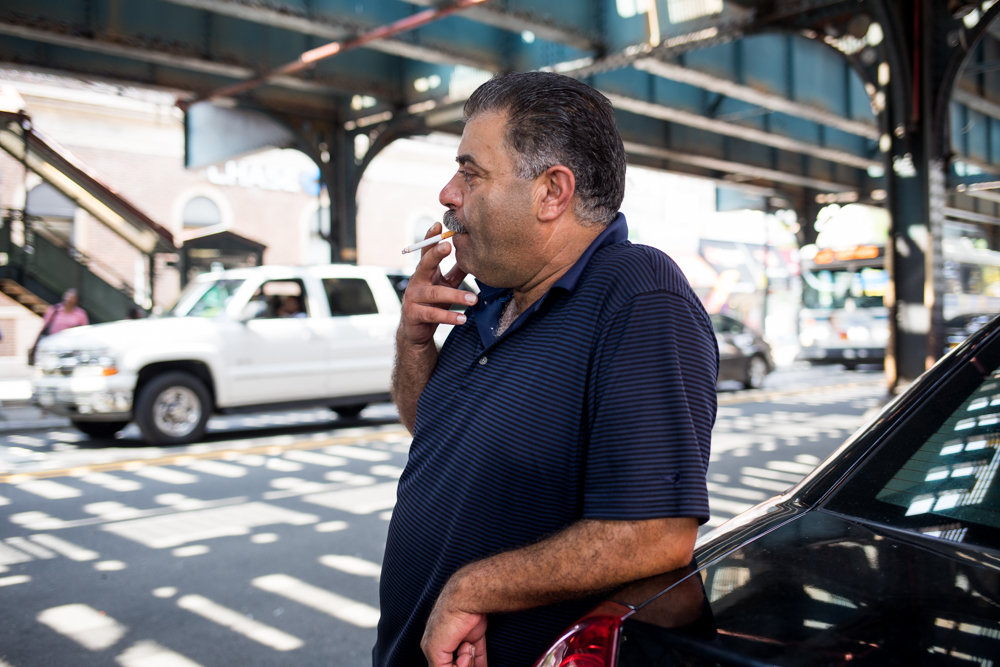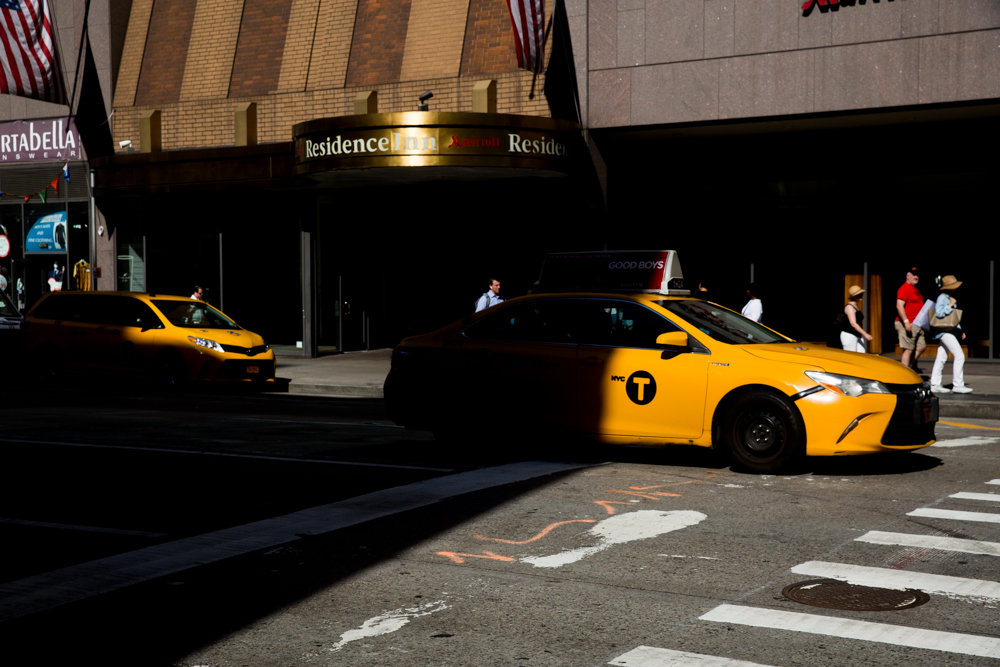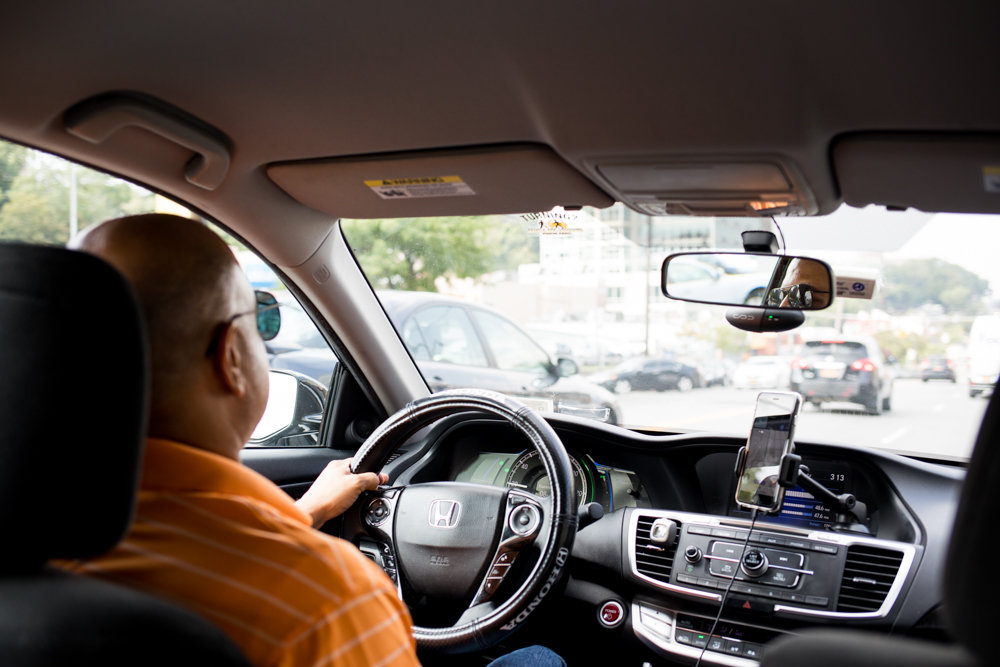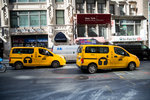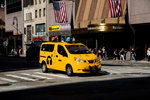Drivers call for emergency hearings after rushed vote
Last year, believing it would help curb Manhattan traffic congestion and give yellow cab drivers a little relief, the city’s Taxi & Limousine Commission capped the number of vehicles it would allow for ride-hailing services like Uber and Lyft.
The move, at least according to those who supported it, was to give the commission and elected leaders more time to study the effects ride-hailing services have had on traffic in the city. Yet, some of that support waned Aug. 7 when the TLC voted to extend the cap on for-hire vehicles from a year to indefinitely.
That vote was rushed, said Councilman Ydanis Rodriguez, chair of the city council’s transportation committee. The full effects of the vehicle cap are unknown, Rodriguez stated in a July 19 tweet, and such a vote should have waited until the TLC has permanent leadership.
Meera Joshi resigned as TLC’s chair in March. Bill Heinzen — a deputy counselor during the Michael Bloomberg administration — is the interim chair. Mayor Bill de Blasio nominated one-time TLC deputy commissioner Jeff Roth for the position in June, but withdrew the nomination a month later after a disastrous appearance in front of the city council and has yet to nominate someone else.
The TLC is responsible for licensing and regulating all for-hire vehicles in the city, including yellow and green taxis, black cars, and ride-hail vehicles. Drivers must also be licensed through the commission.
Some drivers and advocates believe the vehicle cap, along with other recently passed regulations, will hurt drivers, especially low-income drivers for smartphone apps like Uber and Lyft who rely on picking up passengers as their primary income. The cap could also affect people who live and work in “transit deserts,” where there are few other options for efficient transportation.
The Independent Drivers Guild union has called on the city council to hold emergency hearings in response to the vote, demanding TLC discuss the concerns about the impact the vote will have on drivers and pay. The union wants the TLC to limit driver’s licenses, not vehicle licenses, which would limit new drivers while still allowing them to use their own vehicles.
With the cap, new drivers can come in, but they may be forced to rent already-approved vehicles, which could significantly cut into their income.
The rules don’t disproportionately affect the outer boroughs, according to TLC spokeswoman Rebecca Harshbarger. She points to a recent study by the city’s transportation department and the TLC that showed daily rides increased in the Bronx by 43 percent between February and May while wait times decreased.
“We take outer borough service needs seriously and have the data to monitor what’s really going on,” Hashbarger said. “So far, none of the empirical data backs up any of this fear-mongering.”
But capping vehicles creates “predatory” behavior that leaves car-less drivers victims, said drivers guild spokeswoman Moira Muntz. Drivers who can’t get a vehicle past the cap are instead forced to rent their vehicle from companies that use their position as license holders to charge high prices for cars.
Being forced to lease also means drivers relying on apps like Uber and Lyft for income cannot purchase their own cars, Muntz added, leaving them stuck in a cycle of expensive monthly payments without the benefits of vehicle ownership.
Yet, TLC assessments show leasing rates have changed little from before the vehicle ban went into effect, Harshbarger said. “We have asked driver groups for documentation of leasing rates going up, which will help us know if there is a problem we haven’t yet seen.”
Lyft drivers who frequent the outer boroughs face an additional obstacle. Utilization rates passed last year required ride-hailing apps to pay their drivers not only for the time they have a passenger, but for time in between rides and while drivers are on their way to pick up a passenger. In response, Muntz said, Lyft started limiting the time drivers in low-demand areas could cruise.
That means a Lyft driver spending time in Riverdale might be instructed by the app to drive to a “high demand” area — likely in Manhattan — where they’re more likely to pick up another fare. Until they make that move, Lyft logs the driver out, meaning they won’t be paid for the drive.
Getting cars to Manhattan might be great for the bottom line of companies like Lyft, Muntz said, but it pulls those drivers from the outer boroughs.
“There might be nowhere else that has demand,” the union spokeswoman said. “It may say, ‘If you want a drive, go to Manhattan.’ There’s no guarantees.”
But drivers who rent their car from Lyft are exempt, Muntz said, and may keep driving until they get a fare.
There are other exceptions. Fausto Taveras lives on Riverdale Avenue but drives “all over” the city for Lyft. Yet he has not been kicked off the app in low-demand areas.
Why? “Because I make a lot of rides in the month,” he said. “If you work a lot, you’re a priority driver. You have to make more than 100 rides a month.”
Taveras has had his for-hire vehicle license since 2001 and owns his car, something he says is more common than many might believe during the Manhattan traffic congestion debate.
In fact, the TLC estimates that nearly 80 percent of for-hire vehicle drivers own their cars rather than lease, pointing out that the leasing companies called “predatory” by both the union and ride-hailing advocates usually work closely with Lyft and another ride-hail service Via, which encourage drivers to rent through those companies.
The TLC released a report last June that showed 30 percent of Manhattan’s traffic was for-hire vehicles, and that by limiting those vehicles, traffic downtown could improve.
Uber, which earned revenue of $6.3 billion in just the first half of the year, has sued the city challenging the vehicle cap. That case, according to published reports, is pending.


